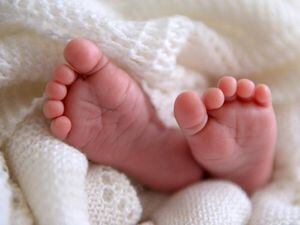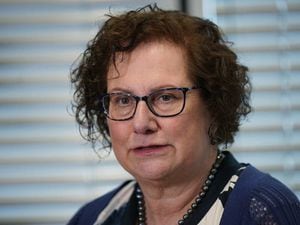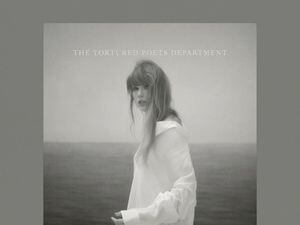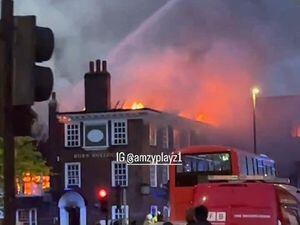Infant mortality rates increase in England and Wales
New figures show that the rate of deaths among children under one rose between 2015 and 2016.

Infant mortality rates increased in England and Wales in 2016, figures show.
In 2016 there were 2,651 deaths among youngsters aged under one year, compared with 2,578 in 2015, the Office for National Statistics (ONS) said.
The infant mortality rate has been following a downward trend since the 1990s, until 2015, where the rate began to increase, the statistical body added.
But it stressed that the current levels “remain low in historical terms” – in 1986 there were 6,313 infant deaths.

But in Wales, the infant mortality rate actually decreased by 16.7% between 2015 and 2016 – the infant mortality rate for Wales was 3.0 deaths per 1,000 live births.
The highest infant mortality rates were found in the West Midlands, which had 6.0 deaths for every 1,000 live births in the region.
This was almost double the rate observed in the East of England where the rate is 3.1 deaths per 1,000 live births.

Across both countries, ONS experts also found a small increase in the neonatal mortality rate – deaths among babies younger than a month old.
The rate of neonatal deaths increased from 2.6 per every 1,000 births in 2015 to 2.7 in 2016.
In 2015, Health and Social Care Secretary Jeremy Hunt announced an ambition to halve the rate of stillbirths and infant deaths by 2030.
ONS statistician Vasita Patel said: “In 2016, there were small increases in both the infant and neonatal mortality rates in England and Wales from 2015 but these rates remain low in historical terms.
“These increases can be attributed to many risk factors, such as the mother’s country of birth, mother’s age at birth of child, birthweight and the parents’ socioeconomic status.”
“These statistics show us that the measures taken to tackle inequality have stalled.
“Many of these deaths could be prevented if the Government were to invest more in maternal and children’s health.
“As a charity that supports families who have lost their baby to sudden infant death, we are disappointed to see it is still the third most common cause of death in the post-neonatal period.
“Our national awareness campaign Safer Sleep Week aims to address this by spreading the safer sleep message, so more parents are aware of the risk factors associated with sudden infant death.”
A Department of Health and Social Care spokeswoman said: “There is nothing more devastating than losing a child so it is encouraging to see stillbirth rates at their lowest in 25 years – demonstrating progress towards our aim to halve rates of stillbirth and neonatal death by 2025.
“We are determined to make our maternity care even safer – on top of investment in staff training and safety equipment, we recently announced that the Healthcare Safety Investigation Branch will investigate all unexplained stillbirths and neonatal deaths, which will provide vital learning for the NHS and ensure tragedies are not repeated.”





